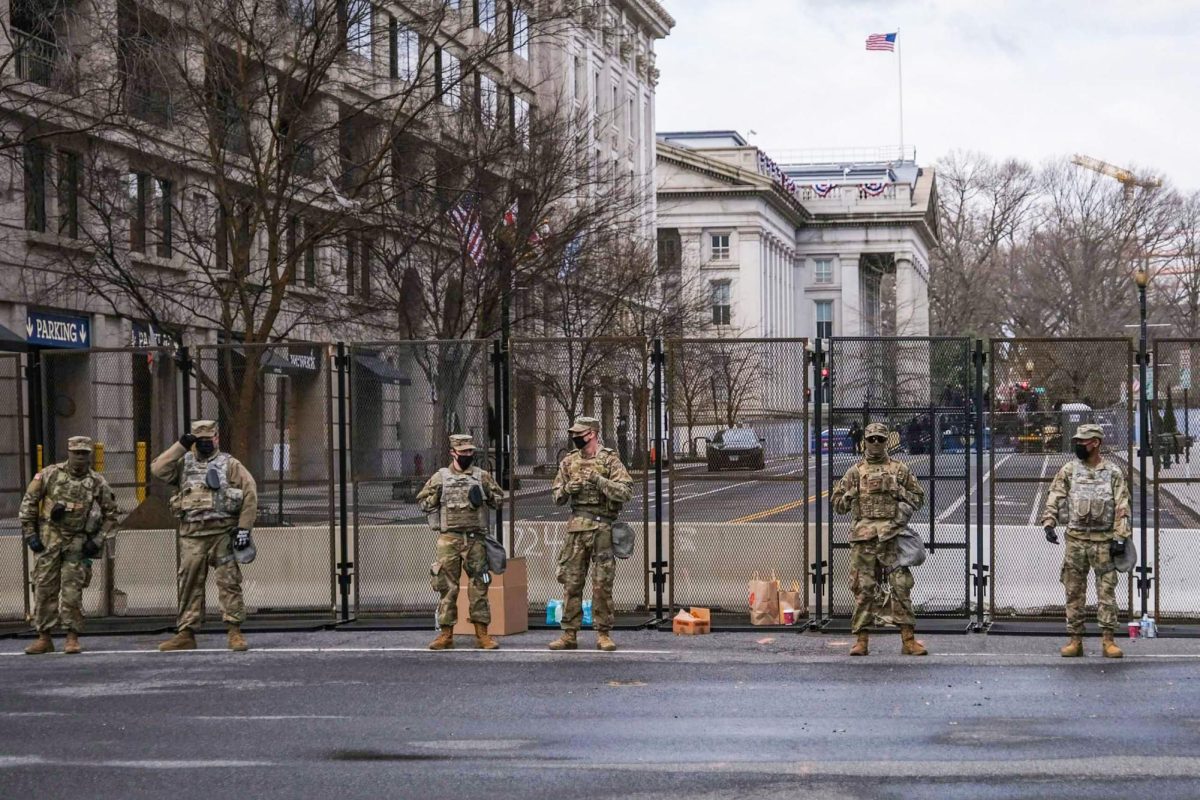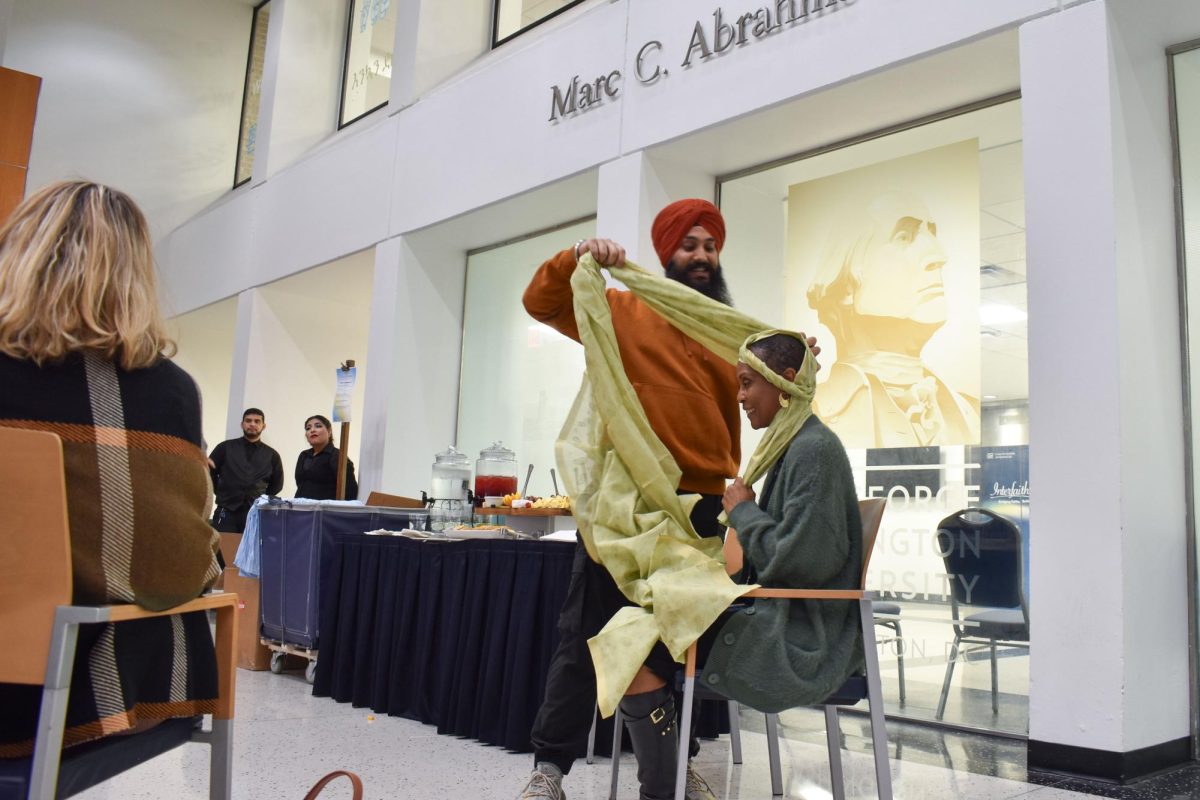Campus tours next month will start talking up teaching methods and classroom technology over residence halls and dining options to prospective students.
The STAR tour program will emphasize GW’s academics more than ever to campus visitors, part of the Office of Admissions’ efforts to align itself with the University’s rebranding campaign and 10-year strategic plan – which stress student engagement and policy work.
That means fewer tour guides spouting facts like student-faculty ratios and number of majors, and more connecting tours to academic factors like work in high-tech engineering and physics classrooms and student art displays.
“The tour is not just doing a fact dump, but showing how you’re individually going to experience it,” Ben Toll, senior assistant director in the admissions office, said. “I’m talking about internships, service learning, and study abroad. What are visitors going to be talking about 30 minutes after they’ve left? What speaks to them? We are storytellers.”
Toll said the office is restructuring the tours to cram in more academic information and more stops in academic buildings. The tour will be fully implemented in early November when the next crop of student tour guides are trained, giving the University about 170 volunteer guides.
Each tour guide now will discuss information about each individual college at GW, like internship opportunities through the GW School of Business or study abroad programs with the Elliott School of International Affairs.
Tours, which draw about 40,000 visitors each year, also will include more stops in academic buildings like Duques Hall and the Media and Public Affairs Building.
It will still tiptoe around sites admissions representatives hopes families and students don’t see. The tours will still avoid going inside older buildings like Gelman Library and Corcoran Hall.
But tours aren’t trying to hide the campus’ overflow of cranes, jackhammers and construction pits. Guides point to the future Science and Engineering Hall and Law Learning Center sites as “a good way to showcase that GW is on the move,” Touran Waters, director of undergraduate admissions, said.
Associate Vice President and Dean of Admissions Kathryn Napper said the new approach builds off GW’s rebranding by mobilizing the admissions office to draw “GW students who excel academically and who are interested in turning what they learn into action.”
She said she hoped the new tour format would show prospective students that “GW is an institution that links one’s classroom experiences with their experiences outside the classroom.”
The academic spin on tours is one of many adjustments to programs that had long been under GWs’s top student life position – senior vice provost – which was scrapped last year after Robert Chernak retired. The University’s academic chief, Provost Steven Lerman, began directly overseeing the admissions office for the first time this year.
The format takes a step away from tours at some of the schools GW calls its peers. Tour guides and campus coordinators at Georgetown, Southern Methodist and Tufts universities said their campus tours mostly highlight student life and campus diversity and lean on information sessions to answer questions about academics.
Jennifer Titche, a junior and student STAR coordinator, took 28 campus tours when she was in high school and said the change will help GW distinguish itself among its competitor schools.
Titche, a systems engineering major, said the tour’s stops in new physics SCALE-up labs, which feature high-definition televisions and round tables for group work, helped her show visitors what her classroom experience is like.
“Every school has blue lights. Every school has clock towers. Ever school says their campus is beautiful,” she said. “GW doesn’t try to be something we’re not. That’s what makes GW different. We know we’re different and were not afraid of that.”






